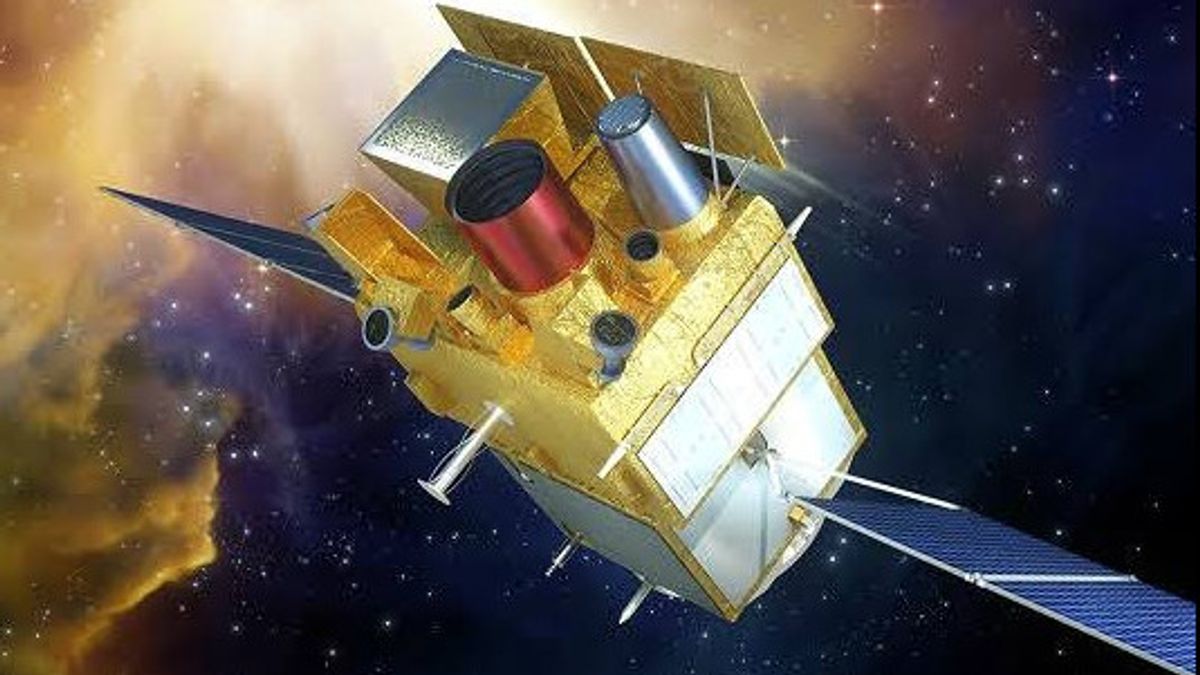JAKARTA - Short-lived cosmic explosions known as gamma-ray bursts are very interesting to study. Therefore, France will start sending two advanced science instruments to China to launch into space.
The China National Space Administration (CNSA) and Center National D'études Spatiales (CNES) began working together to develop the instrument in 2014.
The instruments include the Variable Objects Monitor (SVOM), a space-based small X-ray telescope satellite. The satellite will search for gamma-ray bursts by detecting high-energy electromagnetic radiation in the X-ray and gamma-ray ranges.
The SVOM satellite was developed by China's Shanghai Engineering Center for Microsatellites and is designed for a three-year mission with a possible extension of the mission by two years.
In this mission, China built a Gamma Ray Burst Monitor (GRM) to measure the emission spectrum from the GRB and the Visible Telescope (VT). This tool will look for light emitted in optical wavelengths immediately after a gamma ray burst (GRB) event.
VOIR éGALEMENT:
France, meanwhile, is responsible for developing the ECLAIR telescope and the Microchannel X-ray Telescope (MXT), with the latter using an innovative lobster eye optic to gain a wide field of view.
The ECLAIR telescope is protection equipment that is securely housed in the MXT device. Both China and France will contribute to the ground segment of the mission to control the spacecraft, receive science data, and arrange follow-up observations of the GRB.
The 2.050-pound satellite is now ready to launch on a Long March 2C rocket from the Xichang spaceport in southwestern China in December this year. This was quoted from Space, Monday, March 6.
The English, Chinese, Japanese, Arabic, and French versions are automatically generated by the AI. So there may still be inaccuracies in translating, please always see Indonesian as our main language. (system supported by DigitalSiber.id)


















